El Nino’s Unseen Dance: Upending Your Well-Followed Gardening Practices
Imagine a garden, a sanctuary where each leaf, flower, and blade of grass performs in a harmonious ballet, orchestrated by the predictable rhythms of the seasons. Now, envision this delicate dance disrupted, as this fall, El Nino twirls onto the scene, introducing an unexpected disruption to your well-followed gardening practices.
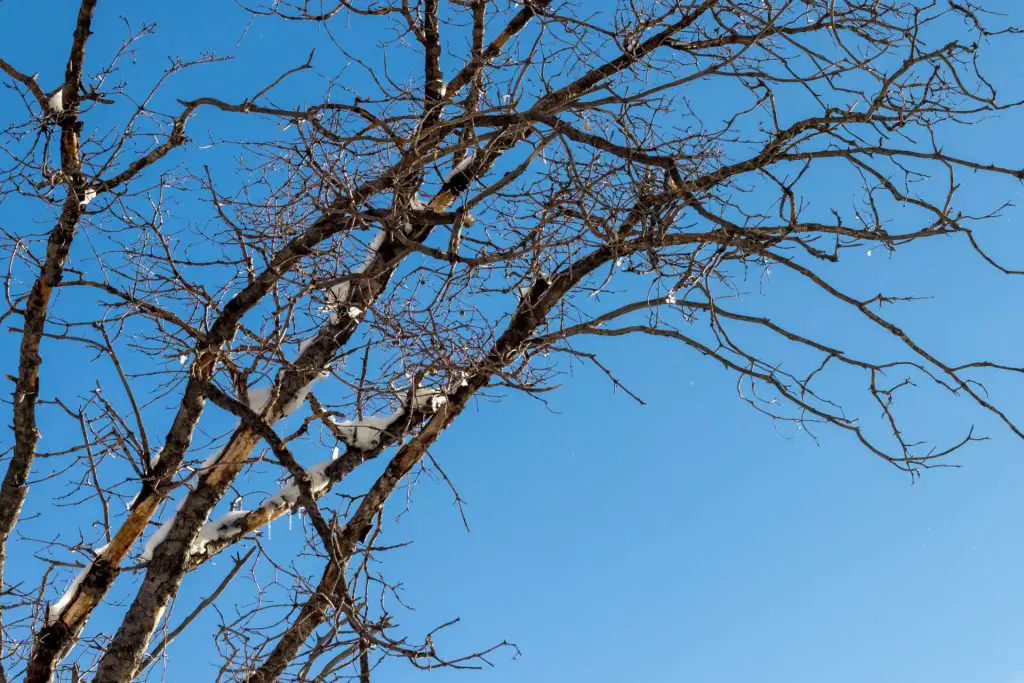
El Nino, a notorious climatic phenomenon that appears every few years, is characterized by unusually warm ocean temperatures in the Equatorial Pacific. This year, it has arrived on the weather stage with a peculiar flair, presenting a performance that deviates from its typical routine. Not merely a warm oceanic phase, El Nino intertwines with our weather patterns, casting a unique spell that reshapes the atmospheric conditions above us.
The gardening calendar, a steadfast guide through the seasons of planting, nurturing, and harvesting, now faces a whimsical challenge. As El Nino sways through the atmosphere, it brings with it a cascade of meteorological anomalies, each having the potential to alter our usual gardening practices. From the first frost to the last, the unpredictability introduced by this climatic event demands a recalibration of our horticultural timelines and practices.
In this exploration, we’ll delve into the intricacies of the unusual El Nino occurrence, unraveling its mysteries, and navigating through its potential impacts on our beloved green spaces. Together, we’ll choreograph a new dance, harmonizing our gardening endeavors with the unique rhythm introduced by this enigmatic weather phenomenon.
In-depth Analysis of El Nino’s Unusual Characteristics
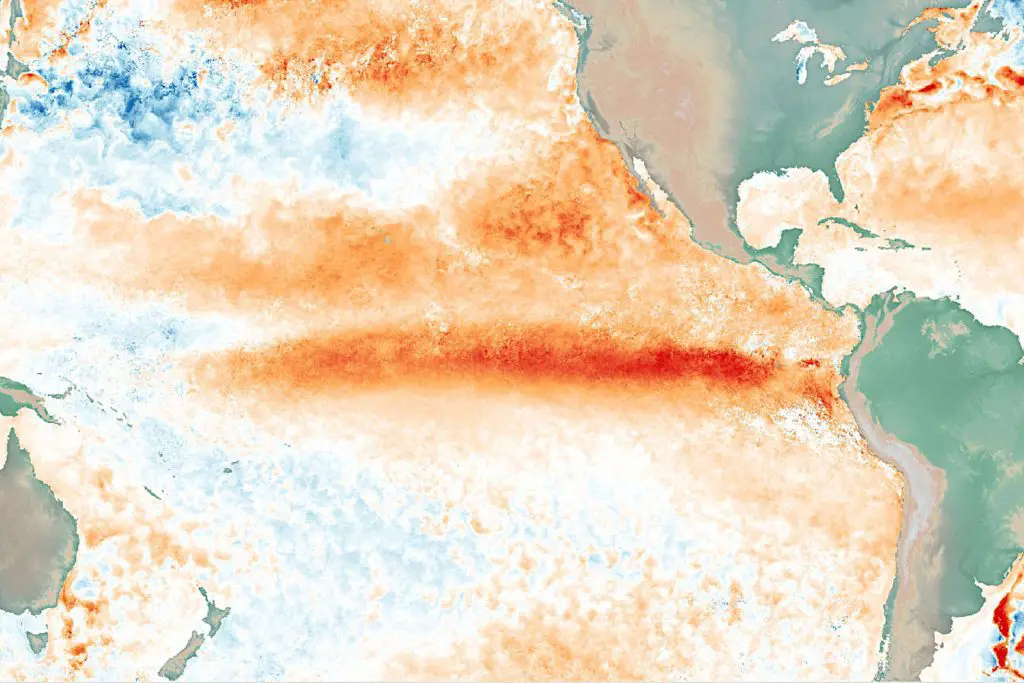
In the vast expanse of the Pacific Ocean, a peculiar warmth brews, signaling the arrival of an El Nino that defies our conventional understanding. This isn’t merely a periodic warming of oceanic waters; it’s a climatic anomaly that is set to dance across our skies, reshaping weather patterns and, subsequently, our gardening calendars.
Comparison with Typical El Nino Events
Historically, El Nino events have been synonymous with certain meteorological shifts. However, the current episode presents a tapestry of weather anomalies that diverge from the norm. Let’s delve into a comparative analysis:
Temperature Anomalies
| Year | Average Temperature Anomaly (°C) |
|---|---|
| Past El Nino Events | +0.5 to +1.5 |
| Current El Nino | +2.0 |
The table illustrates a stark contrast in temperature anomalies between typical El Nino events and the present occurrence. The temperature anomaly is significantly higher, indicating a more intense warming phase, which can potentially amplify the impacts on global weather patterns.
Duration and Timing
El Nino’s dance is not only characterized by its intensity but also its duration and timing. Unlike its predecessors, this El Nino has made an early entrance and is predicted to linger, extending its influence on our climates and gardens alike.
Potential Causes and Contributing Factors
The onset of this peculiar El Nino raises questions regarding its underlying causes. While the exact catalyst remains elusive, certain contributing factors, such as global warming and oceanic heat flux, are under scrutiny. The interplay between these elements and the atmospheric conditions above creates complex climatic circumstances, influencing El Nino’s characteristics and subsequent impacts.
- Global Warming: An increase in global temperatures may enhance the intensity and duration of El Nino events.
- Oceanic Heat Flux: Variations in the distribution of heat within oceanic waters can influence the onset and progression of El Nino.
Broader Global Implications
As we navigate through this unusual El Nino, it’s imperative to consider its broader implications:
- Agricultural Disruptions: Altered precipitation patterns and temperature fluctuations can impact crop yields and planting schedules globally.
- Ecosystem Disturbances: The altered weather patterns may disrupt various ecosystems, affecting biodiversity and natural balance.
- Economic Ramifications: The agricultural and ecological impacts, in turn, can have cascading effects on global economies, particularly those heavily reliant on agriculture.
In the subsequent sections, we shall explore how these broader implications cascade down to our individual gardens and lawns, and how we, as seasoned gardeners, can adapt our practices to this unusual climatic rhythm, ensuring our green spaces continue to flourish amidst the El Nino’s whimsical dance.
General Weather Implications of El Nino
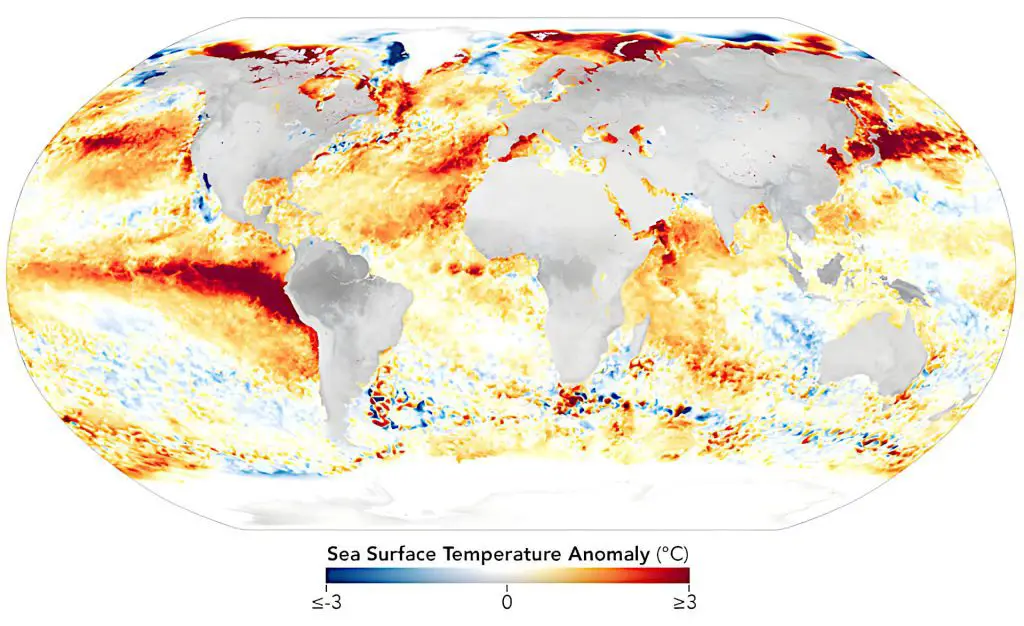
The symphony of El Nino, with its warm oceanic notes and atmospheric crescendos, orchestrates a series of weather implications that cascade across the globe, with particular emphasis on our local climates and, inherently, our gardens.
Predicted Weather Anomalies and Extremes
El Nino doesn’t merely whisper through the winds; it bellows, bringing forth a spectrum of weather anomalies that diverge from our typical meteorological expectations.
Precipitation Variations
Regions accustomed to a certain rhythm of rainfall may find themselves either parched or drenched as El Nino modulates the hydrological cycle, altering precipitation patterns in a somewhat predictable yet occasionally erratic manner.
| Region | Typical Precipitation | El Nino Impact |
|---|---|---|
| Southeast U.S. | Abundant Rainfall | Increased Dry Spells |
| Southwest U.S. | Dry Conditions | Enhanced Rainfall |
Temperature Fluctuations
El Nino tends to dance with the thermometers, inducing fluctuations that can manifest as unseasonably warm winters or, conversely, cooler summer spells in various regions.
Potential for Unprecedented Weather Events
El Nino’s arrival often harmonizes with the occurrence of certain extreme weather events. From the ferocious twirls of cyclones in the Pacific to the parched landscapes induced by droughts in typically wet regions, the implications are vast and varied.
- Cyclones: Enhanced activity, particularly in the Pacific region.
- Droughts: Prolonged dry spells in areas typically accustomed to regular rainfall.
- Floods: In contrast, regions that are typically dry may experience excessive rainfall, leading to flooding.
Implications for Various Sectors
El Nino’s serenade, while interesting, brings forth a series of challenges across various sectors, necessitating adaptations and mitigative strategies to navigate through its climatic narrative.
Agriculture
- Crop Yields: Potential reductions due to altered weather patterns.
- Planting Schedules: Necessity for recalibration to accommodate the new weather rhythms.
Infrastructure
- Structural Strain: Buildings and roads may experience strain and damage due to extreme weather events.
- Transportation: Potential disruptions due to flooding, snowfall, or other weather anomalies.
Emergency Management
- Disaster Preparedness: Enhanced need for readiness in the face of potential extreme weather events.
- Resource Management: Ensuring adequate resources and support are available for affected regions.
In the ensuing sections, we shall delve deeper into the specific impacts of El Nino on distinct U.S. climate regions, exploring the nuances of its influence on both general gardening and lawn care, and how we might dance in tandem with El Nino, ensuring our garden can cope and still be resplendent next spring.
Impact on U.S. Climate Regions: General Gardening

As El Nino gracefully arrives its influence permeates through the soils and seeds of our gardens, demanding a new rhythm into the practices of our horticultural endeavors. Let’s explore its impact on general gardening across various U.S. climate regions.
Northwest Coastal
Nestled between the Pacific Ocean and cascading mountain ranges, the Northwest Coastal region typically enjoys a mild, wet climate. However, El Nino’s serenade may introduce a number of challenges and opportunities for gardeners.
Expected Weather Changes
- Decreased Winter Chill: Essential for certain fruit and nut trees.
- Drier Conditions: Potential stress on typically rain-nourished crops.
Impact on Gardening Practices and Crops
- Irrigation: Enhanced focus on efficient water management.
- Crop Selection: Consideration for drought-resistant varieties.
High Plains
The High Plains, known for its semi-arid climate, may experience a shift towards wetter conditions, altering the typical cadence of gardening activities in the region.
Expected Weather Changes
- Increased Precipitation: Particularly during the winter months.
- Milder Temperatures: Potential impact on winter crops.
Impact on Gardening Practices and Crops
- Soil Management: Ensuring adequate drainage to prevent waterlogging.
- Pest Control: Increased moisture may invite a variety of pests.
Midwest
The Midwest, often referred to as the nation’s breadbasket, may find its fertile soils dancing to a different tune under the influence of El Nino.
Expected Weather Changes
- Warmer Winters: Potential impact on perennial and winter crops.
- Variable Precipitation: Fluctuations in rainfall patterns.
Impact on Gardening Practices and Crops
- Planting Timelines: Possible adjustments to leverage the milder winter.
- Crop Protection: Ensuring crops are safeguarded against erratic weather.
Mid-Atlantic
The Mid-Atlantic region, with its diverse climates, may experience a spectrum of impacts, each note of El Nino playing differently across various locales.
Expected Weather Changes
- Milder Winters: Reduced snowfall and increased temperatures.
- Increased Precipitation: Particularly during the early spring.
Impact on Gardening Practices and Crops
- Frost Management: Preparing for potential late frosts despite milder winters.
- Spring Planting: Adjustments to leverage the early onset of spring conditions.
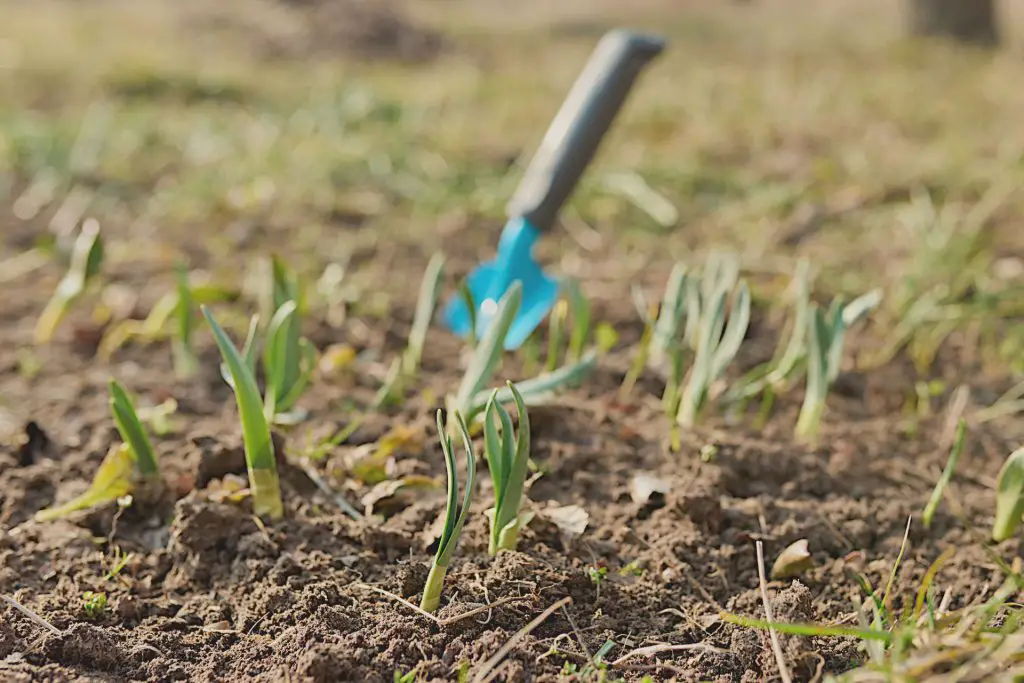
Southeast
The Southeast, characterized by its hot and humid conditions, may find El Nino introducing a new warmth into its climatic conditions.
Expected Weather Changes
- Warmer Temperatures: Particularly during the winter months.
- Variable Rainfall: Potential for both drought and excessive rainfall.
Impact on Gardening Practices and Crops
- Irrigation Management: Balancing between periods of drought and excessive rainfall.
- Shade Provision: Protecting crops from enhanced thermal stress.
South
The South, with its typically mild winters and hot summers, may experience an amplification of its thermal notes, with El Nino enhancing the warmth of its climatic changes.
Expected Weather Changes
- Enhanced Warmth: Particularly during the winter months.
- Increased Dry Spells: Potential stress on water resources.
Impact on Gardening Practices and Crops
- Water Conservation: Employing strategies to maximize water efficiency.
- Crop Selection: Opting for varieties that can withstand enhanced warmth.
Southwest
The Southwest, often dancing to the arid tunes of the desert, may find El Nino introducing a moist note into the climatic conditions.
Expected Weather Changes
- Increased Winter Precipitation: Potential relief for drought-stricken areas.
- Milder Temperatures: A respite from typically chilly desert nights.
Impact on Gardening Practices and Crops
- Soil Preparation: Ensuring adequate drainage to manage increased rainfall.
- Planting Schedules: Leveraging the milder conditions for an extended growing season.
Below, we shall explore the nuances of El Nino’s impact on lawn care across these regions, ensuring our green and lush lawns remain vibrant amidst the climatic disruption.
Impact on U.S. Climate Regions: Lawn Care
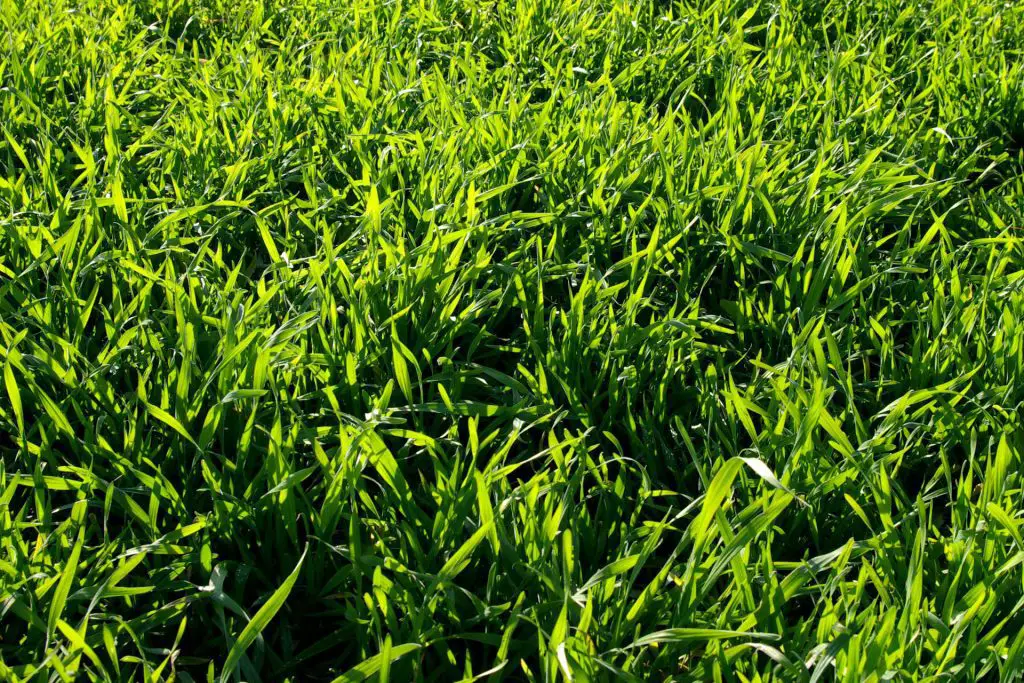
With its climatic changes, El Nino doesn’t merely touch upon our crops and flowers; it extends its influence to cover our landscapes – our lawns. Let’s explore how these atmospheric changes may alter the care and maintenance of your lawns across various U.S. climate regions.
Northwest Coastal
In the Northwest Coastal region, where lush lawns are often a staple, El Nino may introduce a need for altered care practices.
Expected Weather Changes
- Reduced Rainfall: Potential stress on typically rain-nourished lawns.
- Milder Winters: Less dormancy for perennial grasses.
Lawn Care Adjustments
- Irrigation: Enhanced focus on efficient watering practices.
- Fertilization: Adjusting schedules to accommodate extended growing seasons.
High Plains
The High Plains, with its semi-arid conditions, may find its lawns experiencing a wetter environment under El Nino’s influence.
Expected Weather Changes
- Increased Moisture: Potential for waterlogging and fungal diseases.
- Milder Temperatures: Extended lawn maintenance season.
Lawn Care Adjustments
- Drainage: Ensuring lawns are equipped to handle excess water.
- Disease Management: Proactive measures against potential fungal outbreaks.
Midwest
In the Midwest, where lawns often rest under winter’s chill, El Nino may introduce a warmer, more active season.
Expected Weather Changes
- Reduced Snowfall: Less natural insulation for lawns.
- Variable Temperatures: Fluctuations that may impact grass dormancy.
Lawn Care Adjustments
- Winter Care: Ensuring lawns are protected despite reduced snowfall.
- Spring Preparation: Early start on pre-emergent herbicides and fertilization.
Mid-Atlantic
The Mid-Atlantic region, with its varied climates, may experience a spectrum of impacts on its lawns.
Expected Weather Changes
- Milder Winters: Potential for increased lawn activity.
- Early Spring Conditions: Accelerated lawn growth and weed emergence.
Lawn Care Adjustments
- Weed Control: Early application of pre-emergent herbicides.
- Mowing: Adjusting schedules to accommodate accelerated growth.
Southeast
In the Southeast, where lawns bask in warmth and humidity, El Nino may amplify thermal conditions.
Expected Weather Changes
- Enhanced Heat: Stress on cool-season grasses.
- Increased Dry Spells: Potential for drought conditions.
Lawn Care Adjustments
- Water Management: Employing efficient irrigation practices.
- Shade Provision: Utilizing shades to protect lawns from thermal stress.
South
The South, with its typically mild lawns, may experience an intensification of its warm, dry conditions.
Expected Weather Changes
- Increased Warmth: Stress on certain grass varieties.
- Reduced Precipitation: Potential for drought-like conditions.
Lawn Care Adjustments
- Grass Selection: Opting for heat-tolerant varieties.
- Irrigation: Ensuring lawns receive adequate hydration.
Southwest
The Southwest, where lawns are often a luxury amidst the arid landscape, may experience a moist interlude under El Nino’s influence.
Expected Weather Changes
- Increased Rainfall: A welcome respite for typically parched lawns.
- Milder Nights: Less recovery time for heat-stressed grasses.
Lawn Care Adjustments
- Drainage: Preparing lawns to manage increased moisture effectively.
- Nutrient Management: Leveraging the rains to optimize fertilization.
In the following sections, we shall delve into specific strategies and tips to navigate through El Nino’s climatic ballet, ensuring our lawns remain a vibrant, verdant spectacle amidst the atmospheric whimsy.
Adapting Gardening and Lawn Care Practices to El Nino

El Nino, with its climatic variations, necessitates a reconsideration of our gardening and lawn care practices, ensuring our green spaces continue to thrive amidst the atmospheric fluctuations. Let’s explore adaptive strategies that harmonize with El Nino’s melodic weather patterns.
Following Flexible Irrigation Strategies
Adaptive Watering
- Timely Irrigation: Adjusting watering schedules to align with altered precipitation patterns.
- Efficient Systems: Employing drip irrigation and soaker hoses to maximize water efficiency.
Water Conservation
- Mulching: Utilizing mulch to retain soil moisture.
- Rainwater Harvesting: Capturing and utilizing rainwater for irrigation.
Navigating Through Temperature Fluctuations
Protecting Plants
- Shade Nets: Employing shade nets to shield plants from excessive heat.
- Frost Covers: Utilizing covers to protect plants from unexpected frosts.
Selecting Appropriate Varieties
- Heat-Tolerant Species: Opting for plants that can withstand increased temperatures.
- Cold-Resistant Varieties: Choosing plants that can endure unexpected cold spells.
Managing Soil Health Amidst Weather Variations
Ensuring Adequate Drainage
- Soil Aeration: Regularly aerating soil to prevent waterlogging.
- Raised Beds: Utilizing raised beds to enhance drainage.
Optimizing Soil Nutrients
- Composting: Enriching soil with compost to bolster nutrient availability.
- Balanced Fertilization: Ensuring nutrient availability despite weather-induced stress.
Pest and Disease Management
Preventive Measures
- Healthy Plants: Ensuring plants are healthy to withstand pest attacks.
- Biological Control: Utilizing beneficial insects to manage pest populations.
Proactive Disease Control
- Fungicides: Employing fungicides in regions experiencing increased moisture.
- Regular Inspections: Monitoring plants for early signs of disease and pests.
Adapting Lawn Care Practices

Managing Lawn Stress
- Aeration: Ensuring lawns can breathe and absorb nutrients effectively.
- Shade Provision: Utilizing temporary shades to protect lawns from excessive heat.
Optimizing Lawn Nutrition
- Fertilization Timing: Adjusting fertilization schedules to align with growth periods.
- Nutrient Balance: Ensuring lawns receive a balanced nutrient profile.
Strategic Planting and Lawn Establishment
Timing Adjustments
- Planting Windows: Modifying planting schedules to leverage favorable conditions.
- Lawn Establishment: Choosing optimal periods for seeding or laying sod.
Variety Selection
- Drought-Resistant Grasses: Opting for varieties that can withstand dry conditions.
- Robust Plants: Choosing plants that can endure the varied impacts of El Nino.
| Region | Adaptive Strategy | Specific Action |
|---|---|---|
| Northwest Coastal | Flexible Irrigation | Employ drip irrigation systems |
| High Plains | Manage Soil Health | Implement regular soil aeration |
| Midwest | Pest Management | Utilize biological control methods |
| Mid-Atlantic | Navigate Temperature Fluctuations | Employ shade nets during heatwaves |
| Southeast | Optimize Lawn Nutrition | Adjust fertilization schedules |
| South | Strategic Planting | Choose drought-resistant plant varieties |
| Southwest | Ensure Adequate Drainage | Utilize raised beds for gardening |
In navigating through El Nino’s climatic presence, these adaptive strategies aim to ensure our gardens and lawns not only survive but thrive, reflecting a vibrant tapestry of resilience and beauty amidst the atmospheric ebbs and flows.
Final Thoughts:
In the plethora of weather patterns, El Nino stands as a potent conductor, orchestrating a series of climatic variations that affect our gardens and lawns. The period of increased heat, changes in precipitation, and unexpected frosts weave through our green spaces, demanding that we adapt and modify our strategic care plans.
As we navigate through the unpredictable changes caused by El Nino to our green spaces becomes a test of our ability to harmonize with the atmospheric conditions being played above us, turning potential challenges into opportunities for growth and perhaps new vibrant expression. From the lush lawns of the Northwest Coastal to the arid landscapes of the Southwest, each region, with its unique climate, presents a distinct set of challenges and opportunities.
Our analysis of the varied U.S. climate regions has illuminated the myriad ways in which our gardening and lawn care practices can be adapted to mitigate El Nino’s whimsical weather patterns. Through adaptive irrigation, strategic planting, optimized lawn nutrition, and proactive pest and disease management, you can not only safeguard your green spaces but also enable them to flourish amidst climatic fluctuations.
Additional Resources
Navigating through the climatic nuances of El Nino requires a well-rounded approach, leveraging various resources to ensure our gardening and lawn care practices are both informed and adaptive. Below are some resources that can guide you through, providing insights, tips, and tools to navigate through El Nino’s varied impacts on our green spaces.
Contact Information for Local Agricultural Extensions
| Name | Area Covered | Link |
|---|---|---|
| Cooperative Extension System – National Institute of Food and Agriculture | Nationwide | Link |
| Extension – National Institute of Food and Agriculture | Nationwide | Link |
| Find Extension Offices Across the United States | Nationwide (includes states like Alabama, Alaska, Arizona, etc.) | Link |
| Cooperative Extension Services – The Old Farmer’s Almanac | Nationwide | Link |
| Support Local Agriculture: Know Your Farmer, Know Your Food – National Institute of Food and Agriculture | Nationwide | Link |
Find Your Local Extension Service Office or Cooperative Agency
If you are looking for a more localized extension office you can usually find them on your local county government web page often working in conjunction with nearby Universities. For example, Sacramento County, CA, extension office,
- Locate your nearest Cooperative Extension Service expert for tailored advice on vegetable gardening, pest control, lawn care, and soil testing amidst El Nino’s climatic variations.
Links to Weather Forecasting and Monitoring Tools
If you want to know the up-to-date impact of El Nino then it is a good idea to follow climate.gov’s blog as they bring you the latest information as well as potential impact it may have.
Tools Meteorologists Use to Forecast the Weather – NOAA
- Gain insights into the tools utilized by meteorologists, such as Doppler Radar, to observe and forecast severe weather patterns influenced by El Nino.
Meteorological Instruments / Products – National Weather Service
- Explore various meteorological instruments and products, understand their role in monitoring and forecasting weather, and explore alerting services to stay informed about El Nino-induced weather variations.
Leveraging these resources, gardeners and lawn care enthusiasts can navigate through El Nino’s atmospheric tapestry, ensuring our green spaces are not only safeguarded but also enabled to flourish amidst the climatic tunes, crafting landscapes that resonate with vitality and resilience through every seasonal transition.
